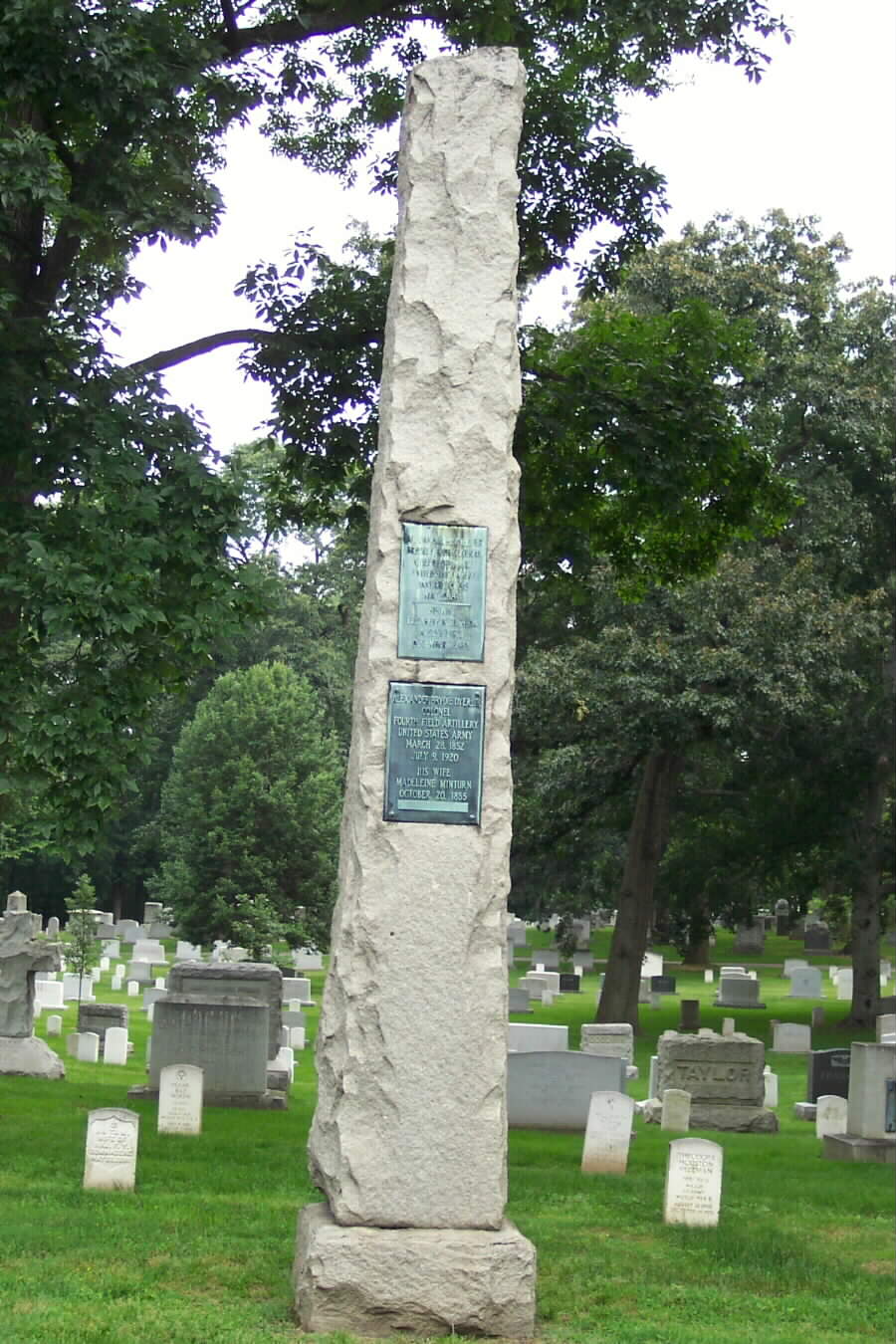Born at Richmond, Virginia, January 10, 1815. He was appointed to West Point from the State of Missouri in 1833, graduating sixth in the class of 1837 in which Braxton Bragg stood fifth.
He served in the Florida Indian Wars as a Lieutenant of artillery and in 1838 transferred to the Ordnance Department. As chief of ordnance of the army invading Mexico under Stephen W. Kearny, he took part in the little publicized actions of the Mexican War, including the suppression of an insurrection at Taos and the affair at Santa Cruz de Rosales near Chihuahua City under Sterling Price who, like Braxton Bragg, became a prominent Confederate General.
With a brevet (later full) rank of Captain, he performed routine ordnance service until the outbreak of the Civil War when, although a native Virginian, he chose loyalty to Union.
He was put in charge of the Springfield Armory in August 1861, and soon quadrupled its production to manufacture a thousand rifles a day. He once declined the post of Chief of Ordnance proffered by Abraham Lincoln in January 1862, out of regard for the incumbent, General James W. Ripley, but after Ripley’s retirement, he was promoted to the office, with the rank of Brigadier General, September 12, 1864.
His contributions to the Union cause were great and ranged from the donation of his patented “Dyer Shell” to resistance to the threats of “political demagogues, charlatan inventors, and knavish contractors” by whom was surrounded. A court of inquiry requested by him resoundingly endorsed his stewardship of the Ordnance Bureau, after grievances of the same pressure groups were aired in Congress. At end of war he was breveted Major General in the Regular Army “for faithful, meritorious and distinguished services in the Ordnance Department.”
He continued in charge of this bureau, but his health began to give away in 1869.
He died at Washington, DC, May 20, 1874. With possible exception of Winfield Scott (who went into retirement in November 1861) and George H. Thomas, no native-born Southerner had so distinguished a Civil War career in Union Army.
He is buried in Section 1 of Arlington National Cemetery. Buried with him are his wife, Elizabeth Breenshea Dyer (August 21, 1823-December 22, 1891); his son, Alexander Byrdie Dyer, Jr., Colonel, 4th United States Field Artillery (March 28, 1852-July 9, 1920) and his daughter-in-law, Madeline Minturn Dyer.
Alexander Brydie Dyer , soldier, born in Richmond, Virginia, 10 January 1815; died in Washington. D. C., 20 May 1874. He was graduated at the U. S. Military Academy in 1837, served in garrison at Fortress Monroe, Virginia, in the Florida war of 1837’8, and on ordnance duty at various arsenals in 1838’46, was chief of ordnance of the army invading New Mexico in 1846’8, during a part of which time he was on the staff of G en. Sterling Price, and was engaged at Canada, Taos, where he was wounded 4 February 1847, and Santa Cruz de Rosales, Mexico, receiving for his services the brevets of 1st lieutenant and captain. He was afterward in command of North Carolina arsenal. At the beginning of the Civil War Captain Dyer was active in promoting the efficiency of the ordnance department. He invented the Dyer projectile for cannon. He was in command of the Springfield armory in 1861’4, and greatly extended the manufacture of small arms for the army. In 1864, as chief of ordnance, U. S. army, he was placed in charge of the ordnance bureau in Washington, D. C., with the rank of brigadier general, and he retained this office till his death. In March 1865, he was breveted major general, U. S. army, for faithful, meritorious, and distinguished services.
May 21, 1874 – General Alexander B. Dyer of the United States Army, died in Washington yesterday. The deceased General graduated from the Military Academy on the 1st of July 1837, when he was appointed Second Lieutenant of the Third Artillery. On July 9, 1838 he was transferred to the Ordnance Department and served in various arsenals until 1846, when he was appointed Chief of Ordnance of the invading army of New Mexico, and took part in the engagements at Embudo, Puebla de Taos and Santa Cruz de Rosales. For these services he was successively promoted to the brevet rank of First Lieutenant in 1847 and Captain in 1848. During the war he was in command of the Springfield Armory and by his extertions largely increased its capacity for the manufacture of arms to supply the armies of the United States. In 1863 he was promoted to the rank of Major and in 1864 he was appointed Brigadier General and Chief of Ordancne of the United States Army. For his faithfuland distinguished services during the war the deceased was brevetted Major General of the United States Army on the 13th of March 1865.
DYER, ALEXANDER B
- BRIG GEN USA
- DATE OF DEATH: 05/20/1874
- BURIED AT: SITE 81-A
- ARLINGTON NATIONAL CEMETERY
DYER, ELIZABETH T D/O A D
- DATE OF DEATH: 07/06/1877
- BURIED AT: SECTION WD/ES SITE LOT 81-A
- ARLINGTON NATIONAL CEMETERY
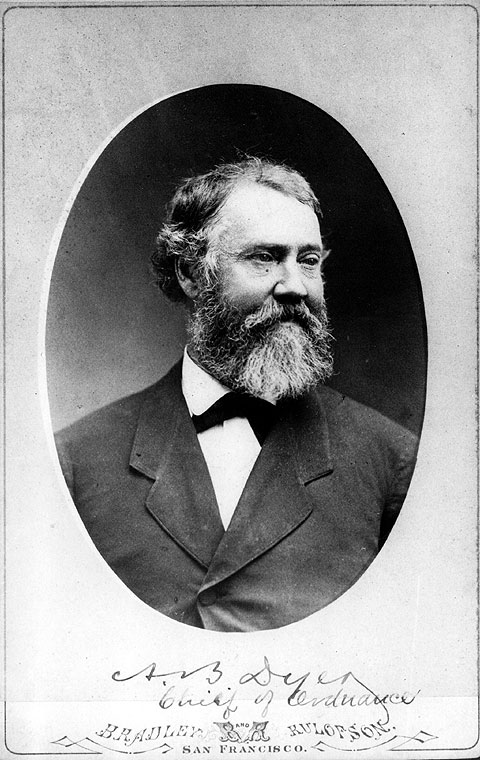
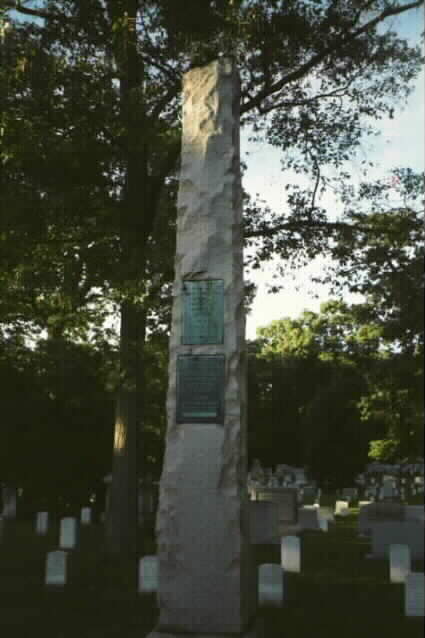
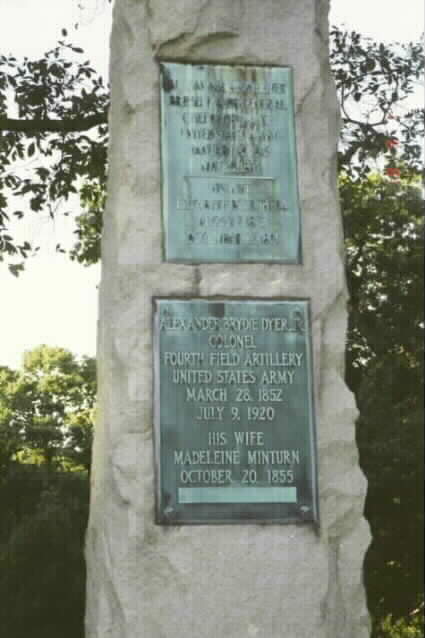
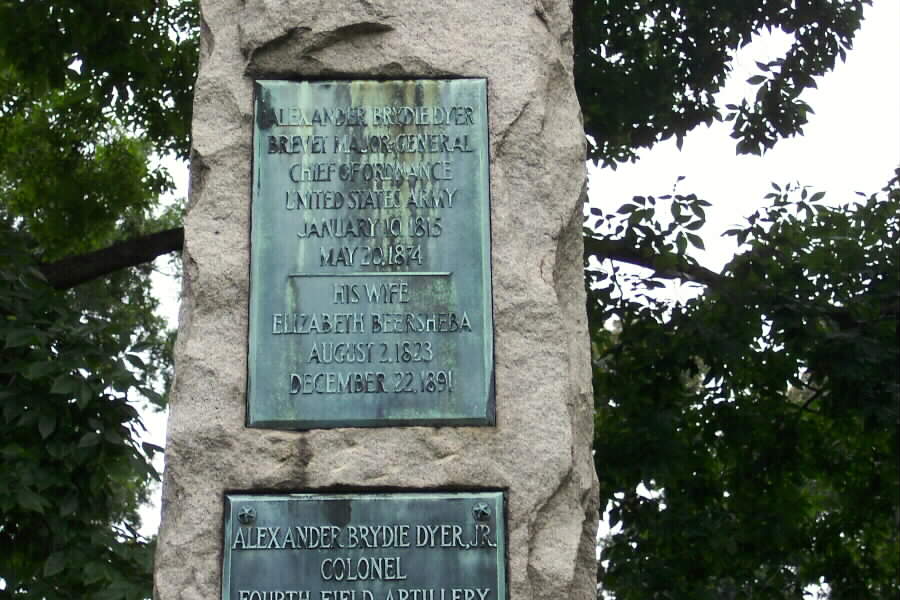
Michael Robert Patterson was born in Arlington and is the son of a former officer of the US Army. So it was no wonder that sooner or later his interests drew him to American history and especially to American military history. Many of his articles can be found on renowned portals like the New York Times, Washingtonpost or Wikipedia.
Reviewed by: Michael Howard

